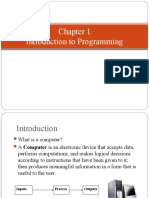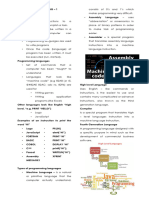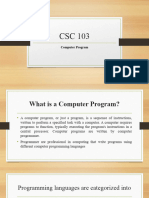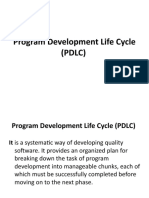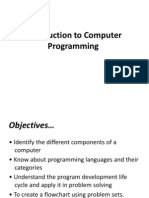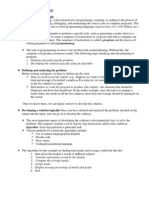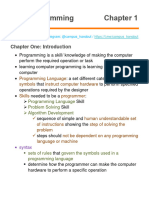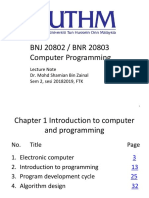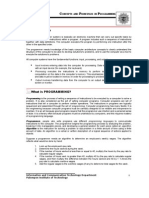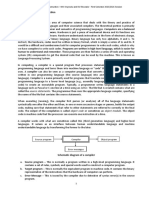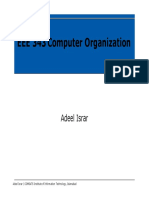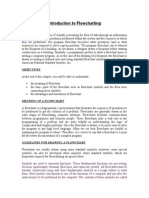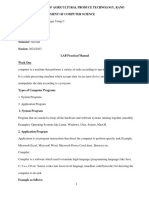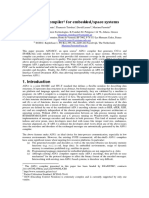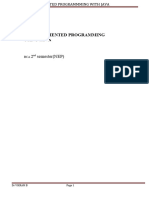0% found this document useful (0 votes)
95 views43 pagesSEN 201 Lecture 1
The document provides an overview of Programming Fundamentals, emphasizing the importance of structured programming and the C language. It outlines the objectives of the course, key concepts such as algorithms, programming languages, and the phases of problem-solving and implementation. Additionally, it discusses the roles of programmers, the types of software, and the tools used in programming, including editors, compilers, and debuggers.
Uploaded by
mickeyushieCopyright
© © All Rights Reserved
We take content rights seriously. If you suspect this is your content, claim it here.
Available Formats
Download as PDF, TXT or read online on Scribd
0% found this document useful (0 votes)
95 views43 pagesSEN 201 Lecture 1
The document provides an overview of Programming Fundamentals, emphasizing the importance of structured programming and the C language. It outlines the objectives of the course, key concepts such as algorithms, programming languages, and the phases of problem-solving and implementation. Additionally, it discusses the roles of programmers, the types of software, and the tools used in programming, including editors, compilers, and debuggers.
Uploaded by
mickeyushieCopyright
© © All Rights Reserved
We take content rights seriously. If you suspect this is your content, claim it here.
Available Formats
Download as PDF, TXT or read online on Scribd
/ 43



